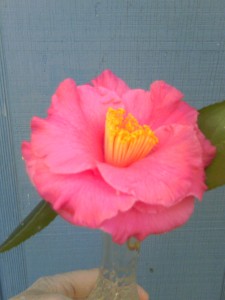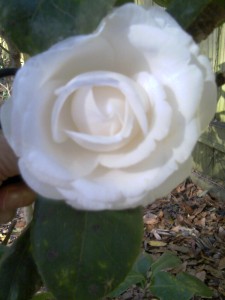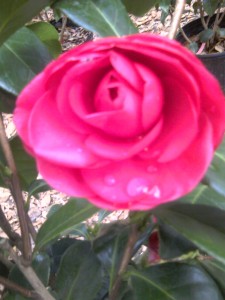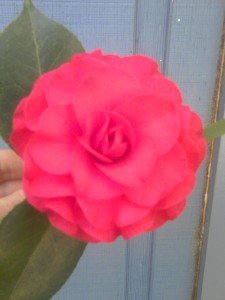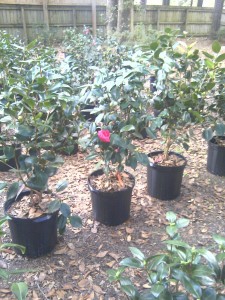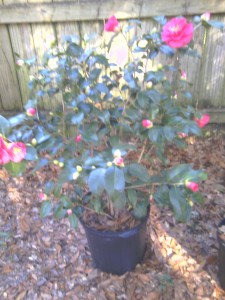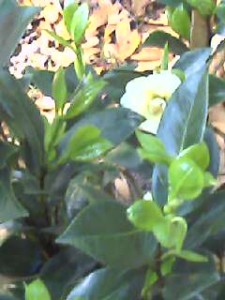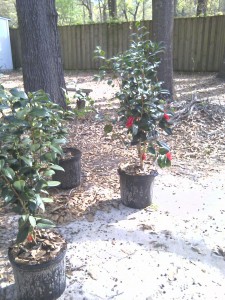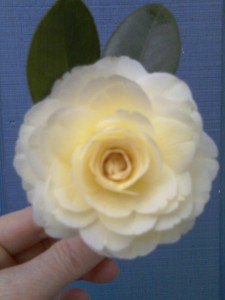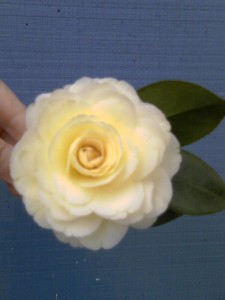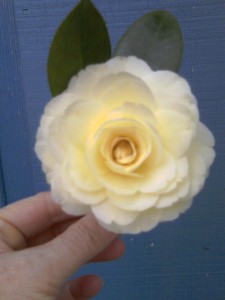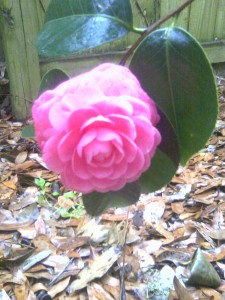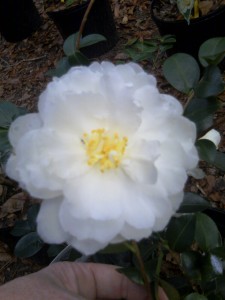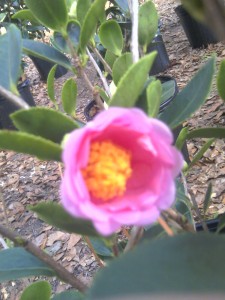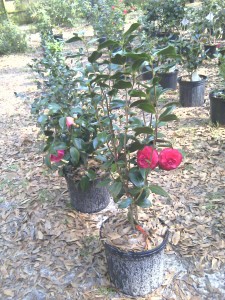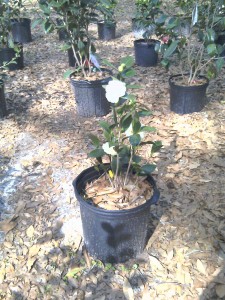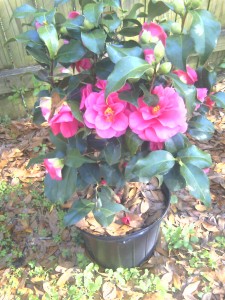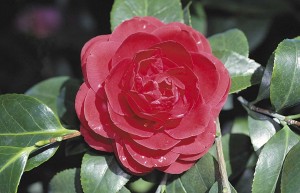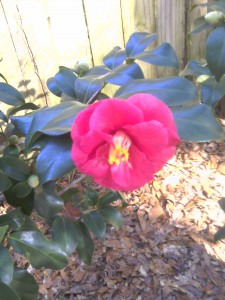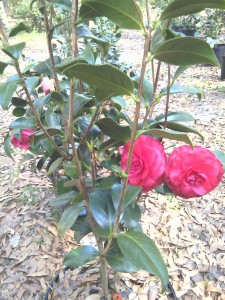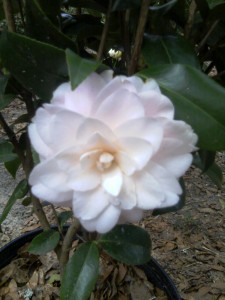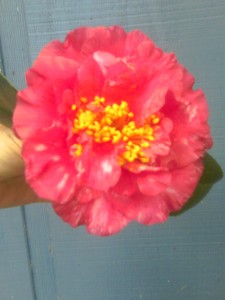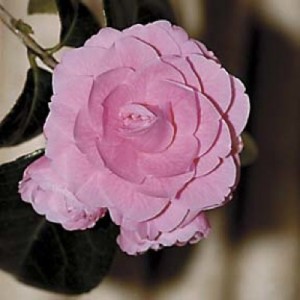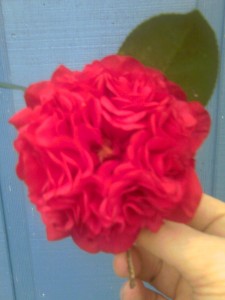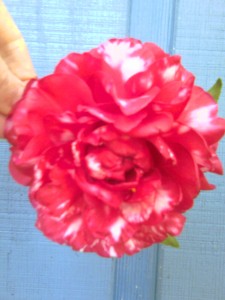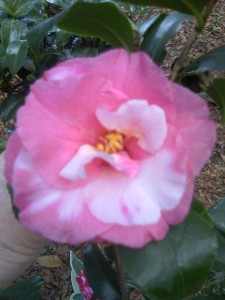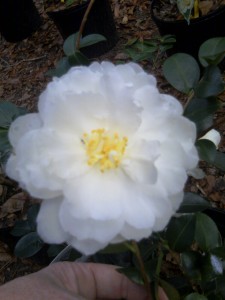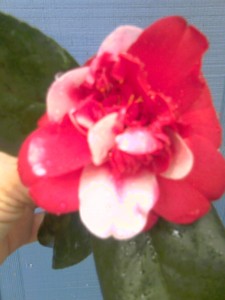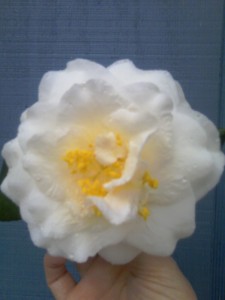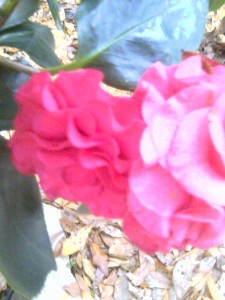Now is the time you should be seeing new growth on your camellias. Starting over a month ago, or @ two months ago, depending where you live, new growth should have began slowly appearing on your camellias.
It should be somewhat obvious for you to now see the light green color of the new growth on the tips of the stems on all of your camellias. I’ve attached several photos of what new growth looks like, just in case you are new to growing camellias.
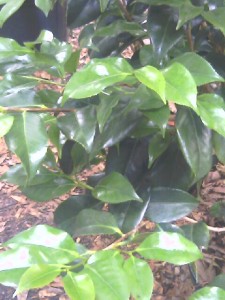
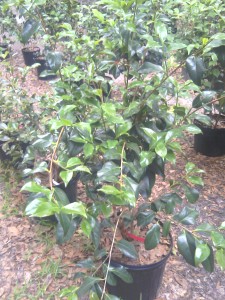
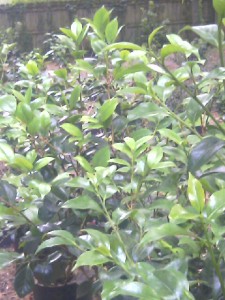
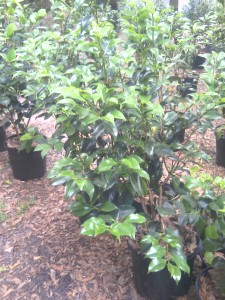
A common pest to look out for is Spider Mites. They are very common, and are literally blow in with the wind. They eventually can kill your camellia if you don’t know the signs of what to look out for. Typically, your camellia will start by not looking well, the leaves may appear lackluster and droopy, and appear with brownish spots, and/or silver looking spots on the leaves. You must act quickly when you notice this telltale symptom when it first appears!
To ward off and kill Spider Mites, and also other pests that feed off of them, I highly recommend and personally use a product called, “All Season Oil” by Bonide. It’s organic, and safe to use on your plants, and around your home and pets, just follow the directions in the booklet attached to the back of the bottle.
To start off, you’ll need a quart size or large spray bottle, and @ 4 to 5 Tablespoons of this product added to a gallon of water. Always shake well before using, and spray very liberally, saturating all the leaves on the camellia, starting at the bottom of the base through the top portion. Repeat spraying again in a week or so.
Thoroughly spray the back of the leaves, coating well, along with the front of the leaves. Spider mites hide on the back of the leaves, and begin their webs there, building their white, chalk looking webs. The oil works by smothering the pests, and also kills other pests that like to eat, and can eventually kill camellias. The pests will also spread to other camellias sitting, or planted nearby, so it’s best to treat all of them together to be sure that they are all protected and safe from being affected.
The spider mites that I have seen are solid green in color, but they can be different colors ranging from brown, red, yellowish, and green, depending on the season. They are sneaky little things that actually blend in very well on the plant, so it’s easy not notice they are there on your camellia slowly doing their damage. Therefore, it’s good to look closely at your camellias regularly, and pay attention to the color of the leaves on them. The leaves should normally look shiny, healthy, and glossy, and either be a dark or medium color green, depending on whatever variety or species you have.
I’ve also noticed a total bonus using the ‘All Season Oil’ in that along with killing the pests, there really seems to be something almost miraculous about how quickly this horticulture oil works after spraying them to promote new growth on them! I honestly don’t know what, or why, it works so well in helping to promote and speed along the appearance of new growth so quickly after spraying, but it does. So remember, spraying some kind of horticulture oil on your camellias semi-regularly is a must to help keep camellias pest free, healthy and happy.

